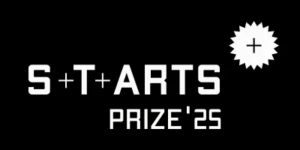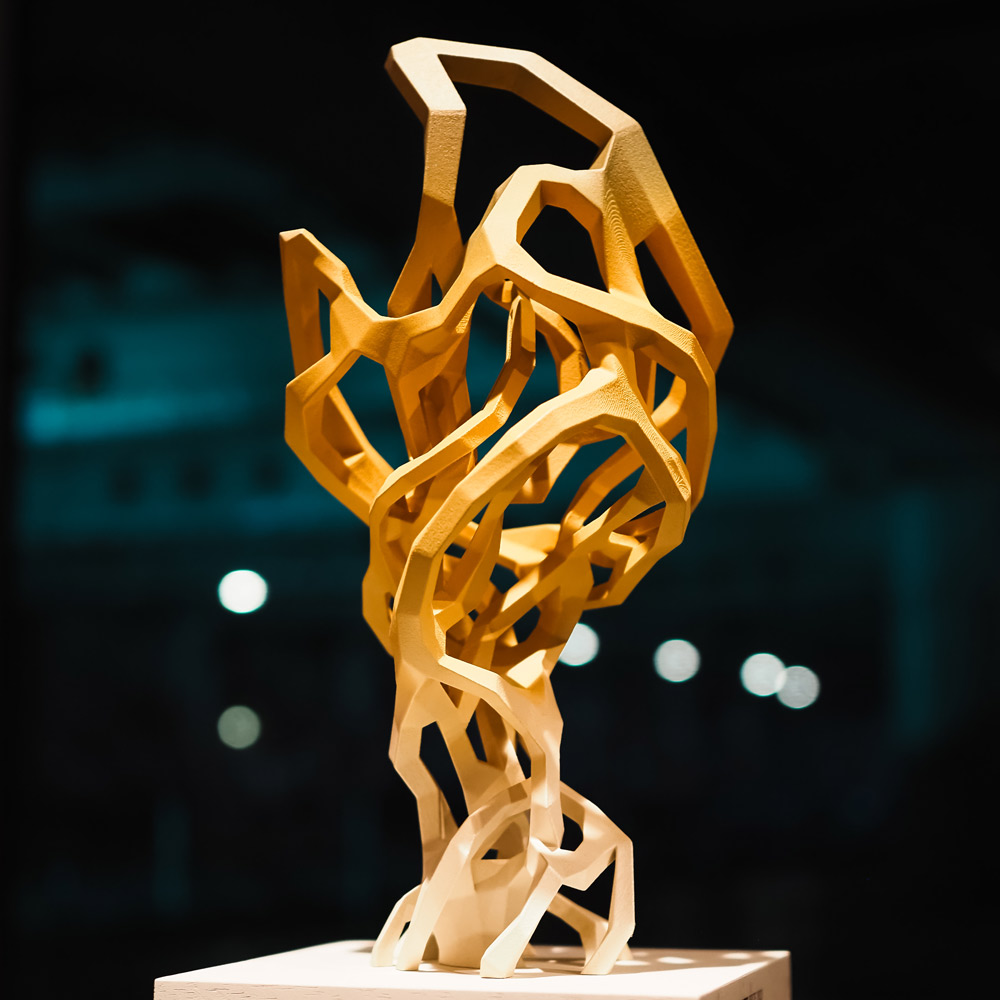
2025
-
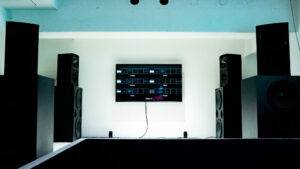
Brain Processing Unit – The Future Where Biology and Computer Integrate
SoftBank, Daito Manabe, The University of Tokyo – Special Exhibition (JP)
Focusing on the distinctive abilities of the human brain, such as adaptability to unfamiliar environments and remarkable learning efficiency, the SoftBank Research Institute of Advanced Technology has been collaborating with artist Daito Manabe and the Ikeuchi Laboratory at the University of Tokyo on a project since 2022.
-
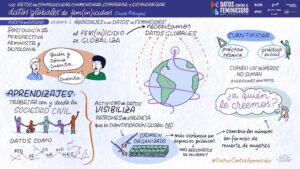
Data Against Feminicide: AI tools, transnational community, and data activism
Isadora Cruxên (GB), Catherine D’Ignazio (US), Silvana Fumega (AR), Helena Suárez Val (UY)
Data Against Feminicide is a feminist participatory action research and technology design project. We collaborate with data activists, artists, nonprofits, communities, governments, and journalists who monitor feminicide (or femicide in some contexts).
-
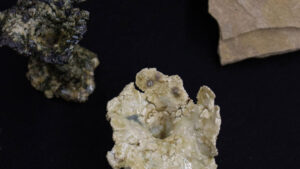
Kataula
Ana Mikadze (GE)
Heidelberg Materials (previously Heidelberg Cement) is a German multinational building materials company. Offering a counter-narrative rooted in the locality of Kavtiskhevi, Georgia, told by the artist’s grandmother: the work seeks to dismantle Heidelberg Cement’s carefully curated image of responsibility.
-
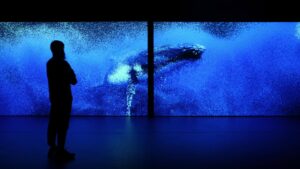
Seeing Echoes in the Mind of a Whale
Marshmallow Laser Feast (GB)
Seeing Echoes in the Mind of a Whale is a large-scale audiovisual installation immersing viewers in the sensory world of cetaceans, celebrating the rich biodiversity of our oceans.
-
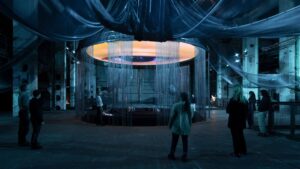
Sensing Quantum
LAS Art Foundation (DE)
LAS Art Foundationʼs Sensing Quantum is a long-term artistic research initiative that explores the intersections of quantum science, technology, philosophy, and contemporary art.
-
![SUN[Flower] Plasma](https://starts-prize.aec.at/files/2025/06/sunflowerplasma_main-c-victoriavesna-300x169.jpg)
SUN[Flower] Plasma
Victoria Vesna (US), Haley Marks (US), Walter Gekelman (US) Kevin Ramsey (US)
[SUN] Flower Plasma explores the ecological and geopolitical meanings of sunflowers alongside the science of Alfvén waves moving through the sun’s corona and interstellar space. The installation features a two-channel video of the Large Plasma Device, sunflower fields, bees, and microscopic sunflower cells that resemble the sun’s surface.
-

Museo Ocasional de un Paisaje Increíble
Ana Vogelfang (AR), Julieta García Vázquez (AR)
The Occasional Museum of an Incredible Landscape (MOPI) is a nomadic, ephemeral museum rethinking our relationship with landscapes, ecosystems, and collective memory. Created by Argentine artists Julieta García Vázquez and Ana Vogelfang, MOPI merges participatory art, environmental research, and territorial practices.
-
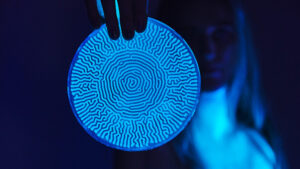
Lucid Life | Marama Ora
Christopher Bellamy (GB)
Inspired by the symbiotic relationship between corals and microorganisms, Christopher Bellamy has developed a contemporary living material that encapsulates bioluminescent microalgae. This living material glows in response to touch and requires only sunlight to survive, with a lifespan of at least six months.
-
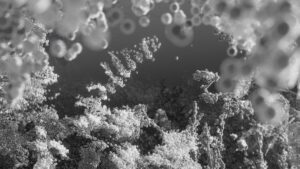
Light, Touch, Root (Hybrid)
Vanessa Amoah Opoku (DE)
During a research residency with Künstlerische Tatsachen at the University of Ulm’s TRR234 CataLight, I explored molecular light-driven catalysis in soft matter systems. Using near-infrared LiDAR, I scanned so-called “invasive” plants, creating point clouds that reimagine their presence in a sci-fi-inspired world with two suns.
-
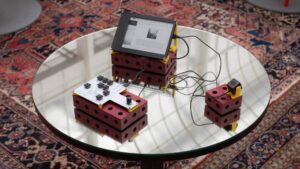
Large Language Writer
Lucy Li (AT), Leo Mühlfeld (AT), Alan Schiegl (AT)
How will we write in the future, and why should we design “seamful” interactions? The Large Language Writer (LLW) is an experimental design project that explores honest interactions with Large Language Models (LLMs).
-
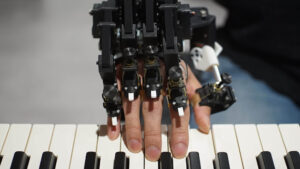
Surpassing Limits of Virtuosity of Pianists by Exoskeleton
Shinichi Furuya (JP)
We tested whether passively experiencing motions that have been not experienced could surmount the ceiling effect and enhance the already well-honed skills of experts. We utilized a novel exoskeleton robot attachable to fingers.
-
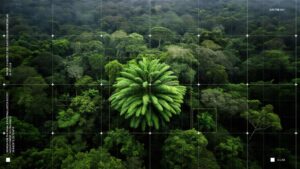
AI in the Sky
Laura Cinti (IT)
At the heart of this project is a plant so rare that it stands on the brink of extinction. This plant, the Encephalartos woodii (E. woodii), a cycad classified as ‘extinct in the wild,’ is known from a single pollen-producing specimen found in South Africa’s oNgoye Forest in the late 19th century.
